Understanding Updates and Policy Changes in Medicaid Waivers
Medicaid waiver programs are vital for families seeking community-based care for their loved ones, particularly those with disabilities or special health needs. As Indiana and other states update their policies, families must stay informed about how these changes might affect eligibility, services, and waiting times. This article explores recent amendments, upcoming policy shifts, and how they impact access to care for families across the country.
Overview of Medicaid Waiver Program Goals and Services
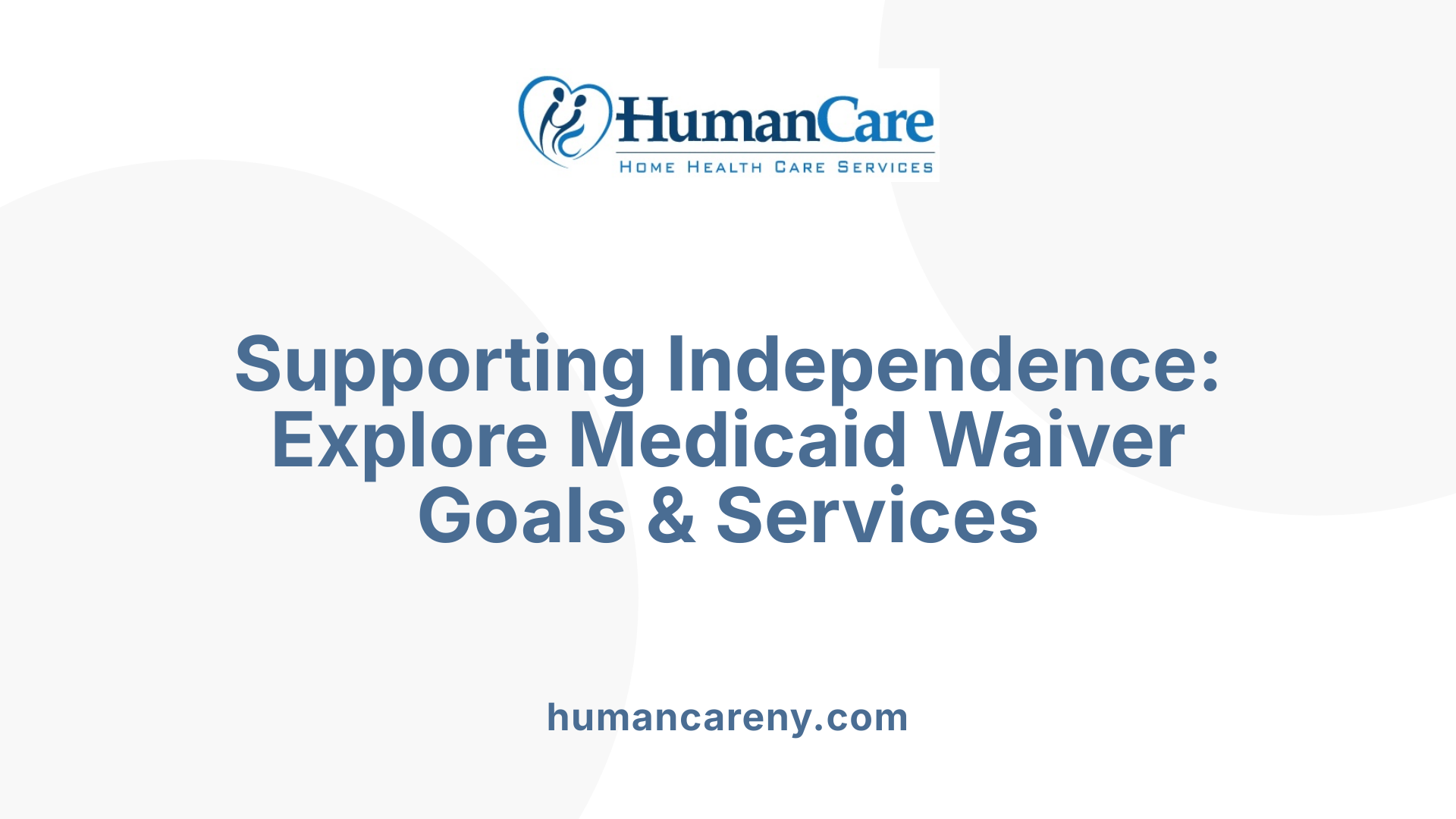 Medicaid waiver programs are designed to support individuals with disabilities or chronic health conditions by providing specialized services that facilitate community living and independence. The primary goal of these programs is to enable individuals who would otherwise need institutional care, such as in nursing homes, to receive necessary support in their homes or community settings.
Medicaid waiver programs are designed to support individuals with disabilities or chronic health conditions by providing specialized services that facilitate community living and independence. The primary goal of these programs is to enable individuals who would otherwise need institutional care, such as in nursing homes, to receive necessary support in their homes or community settings.
These waivers offer a wide range of services, including personal care, therapy, home modifications, transportation, and assistive technologies. They can also encompass benefits counseling, behavioral supports, and employment assistance, depending on the specific waiver type. The services are tailored to meet each person’s needs, helping them maintain or improve their quality of life.
By promoting alternative care environments, these programs allow beneficiaries to stay connected with their families and communities. This focus on independence can lead to better health outcomes and increased satisfaction among participants.
Overall, Medicaid waivers aim to expand access to cost-effective, community-based healthcare options, reducing reliance on institutional care and fostering greater autonomy for individuals with special needs. Their purpose aligns with broader efforts to reform healthcare delivery, emphasizing person-centered support and community integration.
Understanding Medicaid Waivers: Categorization and Evaluation
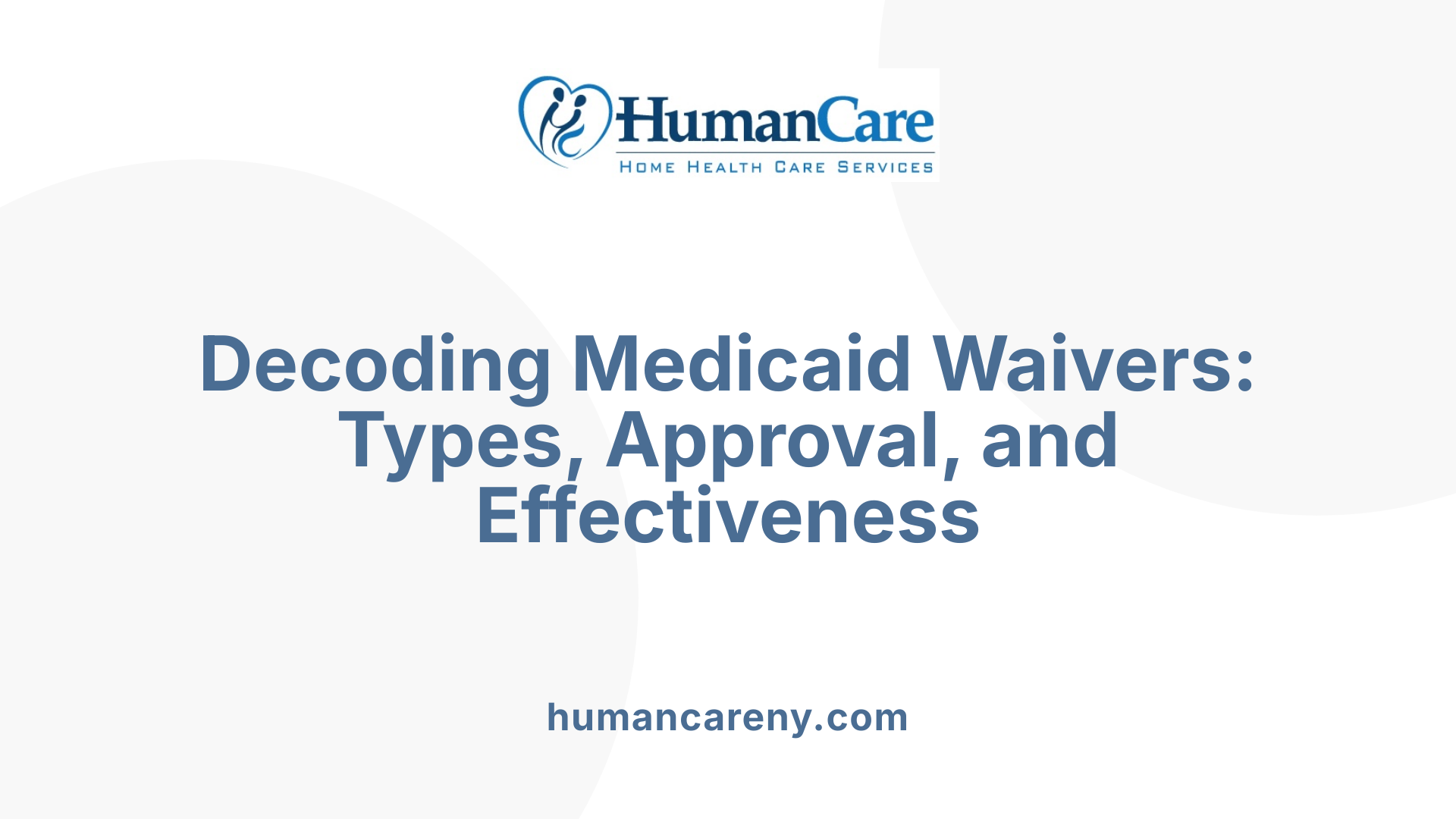
What are different types of Medicaid waivers, such as Section 1915(b), 1915(c), and 1115?
Medicaid waivers are specialized programs that give states flexibility to modify or expand their Medicaid services. The three main types include:
- Section 1915(b) Waivers: These waivers allow states to impose restrictions on provider choice, such as limiting beneficiaries to certain healthcare networks. They help control costs and improve care management.
- Section 1915(c) Waivers: Focused on home and community-based services (HCBS), these waivers enable states to offer services that allow individuals to live independently, often as alternatives to institutional care such as nursing homes. They require applicants to meet specific care level criteria.
- Section 1115 Demonstration Waivers: These are broader, experimental programs allowing states to test innovative approaches to Medicaid policy. They can include coverage of additional populations, changes in benefits, or new delivery models, often before federal approval.
How are federal approval processes and criteria managed?
Federal approval of Medicaid waivers is overseen by the Centers for Medicare & Medicaid Services (CMS). Each waiver type must meet certain criteria, including:
| Waiver Type | Approval Process | Criteria | Purpose |
|---|---|---|---|
| Section 1915(b) | State submits application, approved for two-year periods with renewal | Cost neutrality, provider restrictions | Cost management, service restrictions |
| Section 1915(c) | States apply for HCBS flexibility, approved through CMS | Cost-effectiveness, beneficiary protection | Expand community-based care |
| Section 1115 | States propose demonstration projects, approved through extensive review | Innovation potential, budget neutrality | Test new Medicaid delivery and financing models |
Approval involves demonstrating that the waiver will not exceed federal cost limits and aligns with Medicaid objectives.
What methods are used to evaluate the effectiveness of Medicaid waivers?
Evaluation of waivers assesses their impact on access, quality of care, cost, and beneficiary outcomes. Common methods include:
- Monitoring approved and pending waivers: State and federal websites track the status of waiver applications to observe ongoing policy changes.
- Performance metrics: Data on enrollment, service utilization, and health outcomes help determine if waivers meet their goals.
- Public feedback and comments: Robust public comment periods, like Indiana's upcoming consultation, allow stakeholders to provide insights.
- Statistical and comparative analysis: Studies compare waiver participants' health status and costs against non-participants.
In summary, Medicaid waivers are vital tools for customizing Medicaid services. Their approval involves adherence to federal standards, while ongoing evaluations inform improvements to enhance care quality and program sustainability.
Recent and Upcoming Policy Changes in Indiana Medicaid Waivers
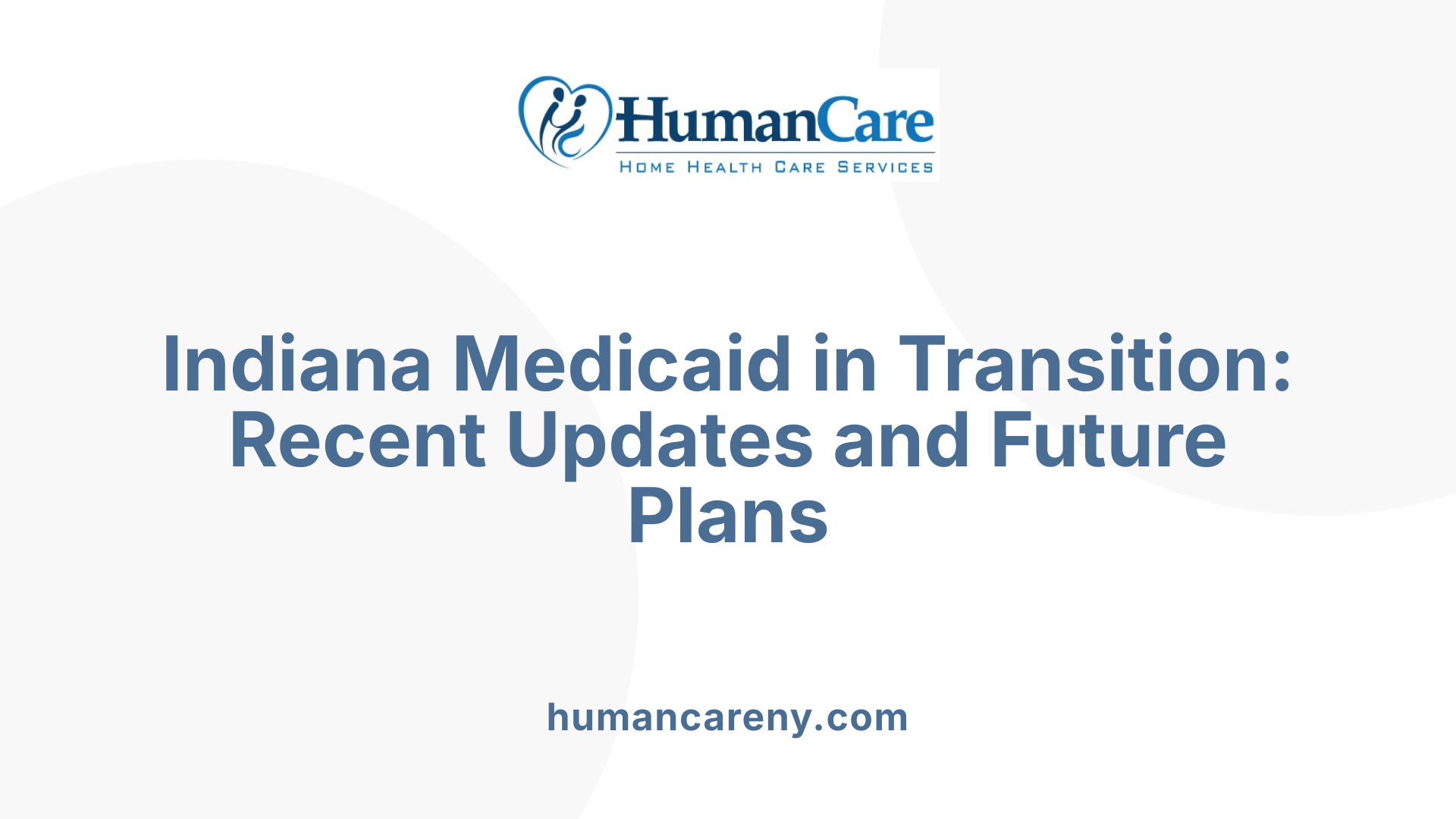 In 2024 and 2025, Indiana is making notable updates to its Medicaid waiver programs to improve service delivery and better serve different age groups. Starting July 1, 2024, several waivers—namely Pathways, Health & Wellness, and Community Integration and Habilitation—were reorganized. These changes resulted in the creation of two distinct waivers: the Health & Wellness Waiver for individuals aged 59 and under, and the Pathways Waiver for those 60 and older. This organizational split aims to target services more effectively based on age-specific needs.
In 2024 and 2025, Indiana is making notable updates to its Medicaid waiver programs to improve service delivery and better serve different age groups. Starting July 1, 2024, several waivers—namely Pathways, Health & Wellness, and Community Integration and Habilitation—were reorganized. These changes resulted in the creation of two distinct waivers: the Health & Wellness Waiver for individuals aged 59 and under, and the Pathways Waiver for those 60 and older. This organizational split aims to target services more effectively based on age-specific needs.
Amendments scheduled for 2025 include proposals for further modifications to these waivers, with a public comment period from July 9 to August 8, 2025. Proposed changes feature new benefits such as counseling services, combined home modification offerings, and new self-direction options that empower families to customize their care. Public webinars and official emails provide avenues for families and stakeholders to share feedback.
In addition to restructuring, capacity limits led to the implementation of waiting lists in early 2024. As of July 2025, there are thousands of individuals on waitlists for waivers like the Health & Wellness and Pathways programs, indicating ongoing demand for services.
These updates reflect efforts to improve service management and accessibility, ensuring that families receive more targeted and responsive support. The public review process allows for community input, which is essential for shaping policies that effectively meet the evolving needs of Indiana’s Medicaid beneficiaries.
Assessment and Eligibility Changes in Indiana Medicaid Waivers
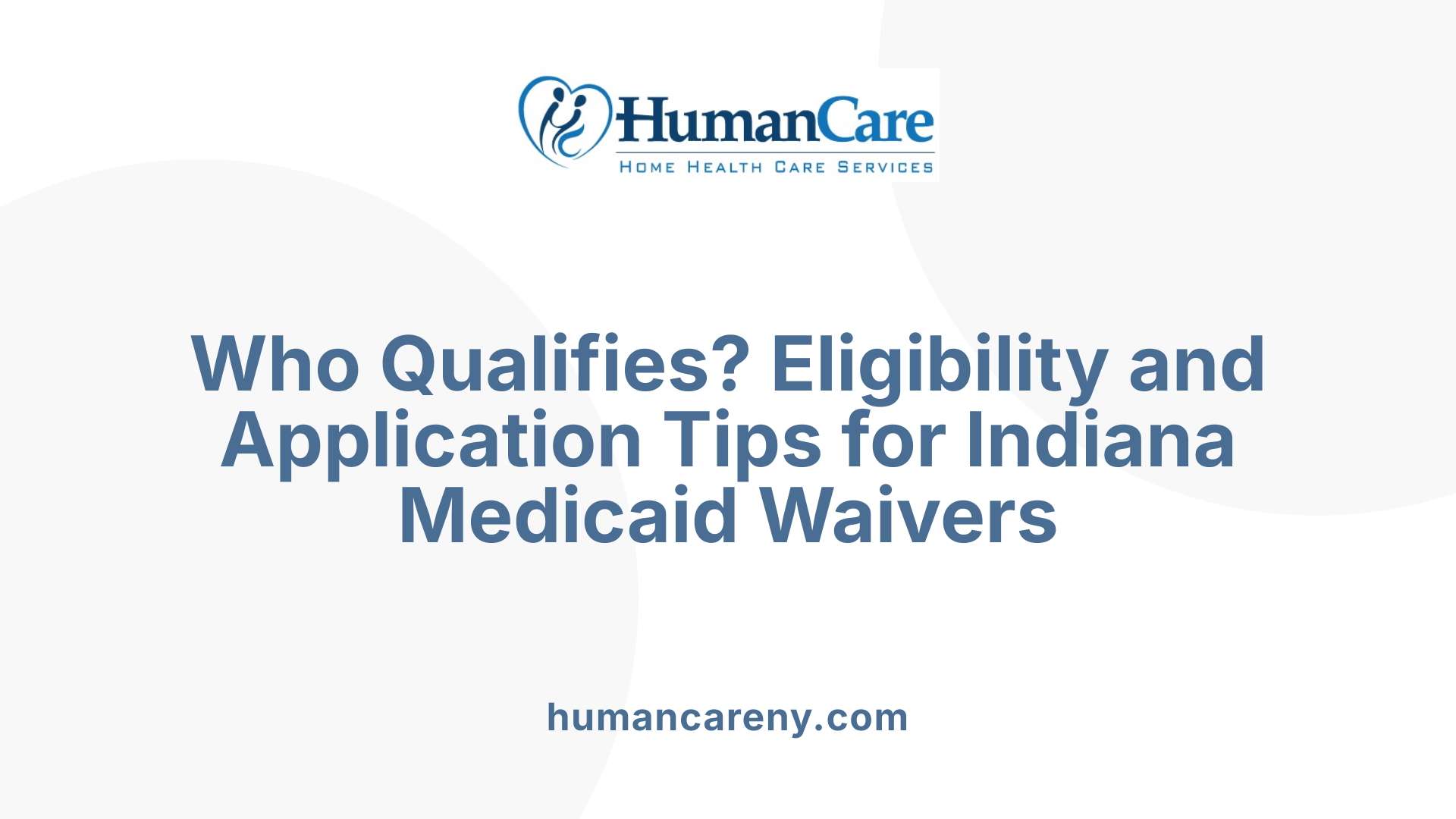
What are the eligibility criteria and application procedures for Medicaid waivers?
Eligibility for Indiana Medicaid waivers, such as the HCBS (Home and Community-Based Services) waivers, generally requires applicants to meet specific health and financial criteria. These include qualifying for Medicaid based on income and assets, and demonstrating a need for a Nursing Facility Level of Care (NFLOC), which assesses assistance with Activities of Daily Living (ADLs). Applicants must undergo assessments to verify medical necessity and level of care, often involving health evaluations and documentation reviews.
The application process involves submitting detailed documentation to the state Medicaid agency, often with assistance from case managers or Medicaid planners. Due to limited funding, many waiver programs experience waiting lists. Placement priorities may depend on health needs, crisis situations, or how long an individual has been on the waiting list.
Overall, the process includes evaluating financial eligibility, completing medical and functional assessments, submitting necessary paperwork, and managing potential waitlists. Families and individuals are encouraged to seek professional guidance to navigate the detailed requirements and application steps.
Capacity Management and Future Outlook for Medicaid Waivers in Indiana

What is the current capacity status of Indiana Medicaid waivers?
As of April 2024, Indiana's Medicaid waiver programs have reached their federally approved capacity, resulting in the creation of a waiting list for certain services. This capacity limit affects many individuals seeking support through these programs. Currently, about 4,911 individuals are on the waiting list for the Health & Wellness waiver, while approximately 7,808 people are waiting for services under the Pathways waiver. The high demand highlights the ongoing need for expanded access and better resource management.
To prioritize those most in need, Indiana manages waiting list placements based on specific categories. Priority is given to individuals transitioning from nursing facilities, discharged from hospitals, or based on the date of their original level of care assessment.
Looking ahead, Indiana has plans to propose several amendments to its Medicaid waivers in mid-2025. These proposals include changes aimed at improving service flexibility, adjusting service limits, and possibly expanding capacity. Public comments on these proposed amendments are scheduled to run through August 8, 2025, allowing families, advocates, and service providers to participate in shaping future policies.
The purpose of these updates is to better manage the high demand for services, improve access for eligible individuals, and develop a more sustainable system that responds to evolving community needs. Ongoing evaluations and stakeholder feedback are expected to guide decisions around capacity expansion, ensuring that more individuals can receive the support they need in the coming years.
Public Engagement and Policy Development in Medicaid Waivers
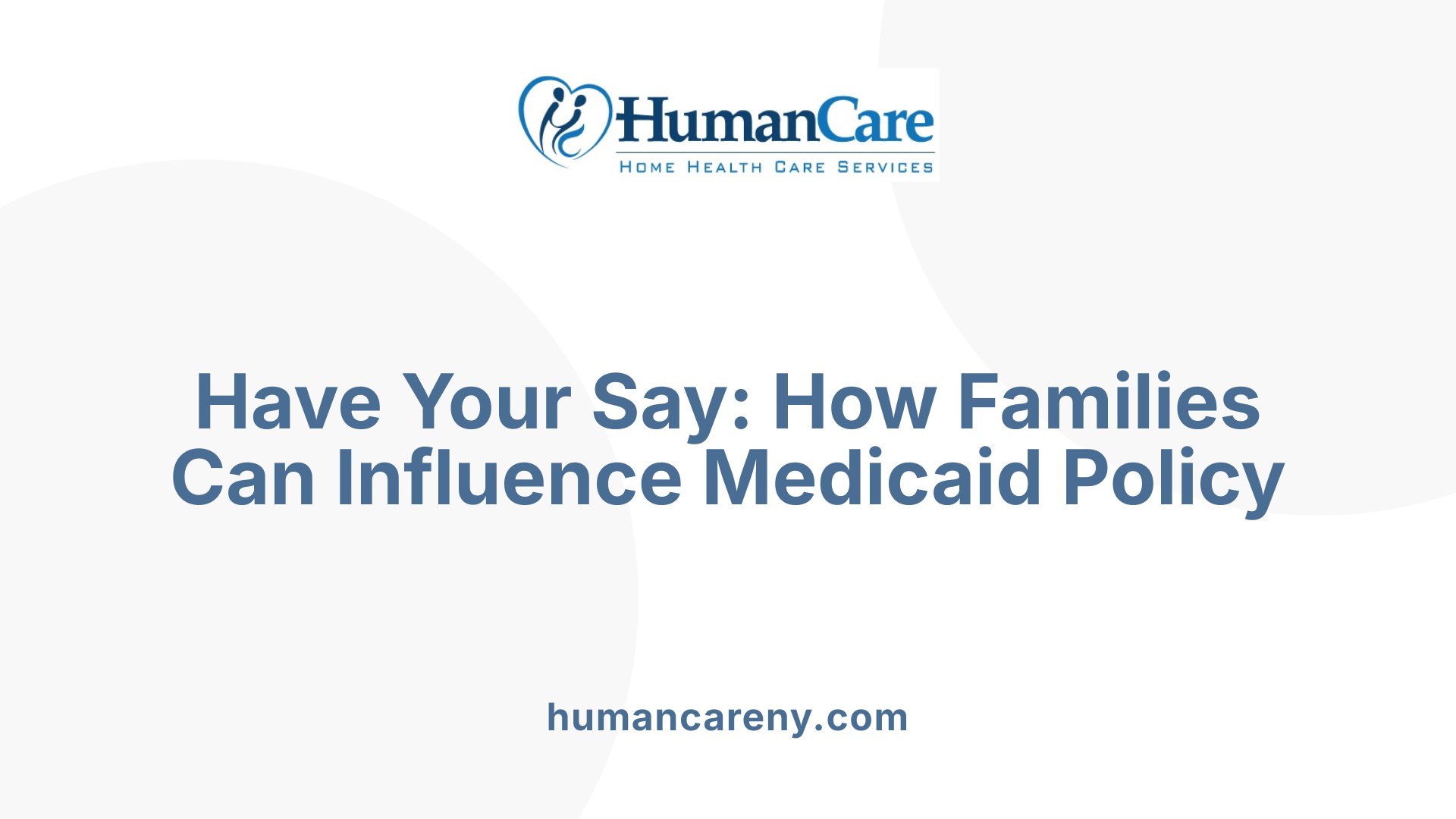
How can families participate in Medicaid waiver policy updates?
Family involvement in Medicaid waiver policy updates is essential for ensuring that the services and reforms reflect the needs of those most affected. Families and stakeholders can actively participate during the public comment periods, which are mandated by state and federal regulations. These periods allow individuals to submit their feedback via designated email addresses or participate in public webinars and town hall meetings.
In Indiana, for example, a 30-day public comment window runs from July 9 to August 8, 2025. During this time, families can express support, raise concerns, or suggest improvements regarding proposed amendments, such as adding new services or adjusting service hours and organizational structures.
Town halls and stakeholder engagement strategies play a crucial role in fostering direct dialogue between families, providers, and policymakers. The Arc of Indiana, among other community organizations, hosts town halls that serve as forums for families to ask questions, share their experiences, and provide input on upcoming policy changes.
Active participation is vital because it helps ensure that policy revisions are inclusive, transparent, and responsive to real-world circumstances. When families voice their perspectives, policymakers can better understand the impact of proposed changes, leading to more effective and equitable service delivery. This collaborative process contributes to a program that is attuned to the diverse needs of Medicaid beneficiaries while promoting accountability and trust in the system.
In summary, families can influence Medicaid waiver updates through formal comments, attending engagement events, and working with advocacy groups. Such involvement not only informs policymakers of on-the-ground realities but also ensures that the future of Medicaid services aligns with the community’s needs.
Looking Ahead: Supporting Families through Policy Changes
As Medicaid waiver programs continue to evolve, staying informed and involved is key for families navigating these changes. States like Indiana are working to expand access, improve service delivery, and incorporate public feedback into policymaking. By understanding recent updates and upcoming proposals, families can better advocate for their loved ones and ensure they receive the support they need to live independently and thrive in their communities. Staying engaged and aware of policy developments will be crucial as the landscape of Medicaid services continues to adapt to meet the needs of diverse populations.
References
- Medicaid & Medicaid Waiver Updates - The Arc of Indiana
- Medicaid Waiver Tracker: Approved and Pending Section 1115 ...
- FSSA says changes to key eligibility assessment for Medicaid ...
- FSSA: Aging Home: Medicaid HCBS - IN.gov
- Indiana's Medicaid Waiver Programs: Home and Community-Based ...
- Waiver Programs - Iowa Department of Health and Human Services
- Medicaid Waivers & How They Help Seniors Live at Home
- HCBS Medicaid Waiver Waiting List Information - IN.gov
- Changes Coming to Medicaid – Town Hall Meetings & Waiver ...



